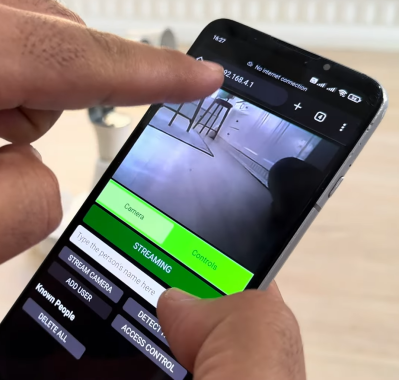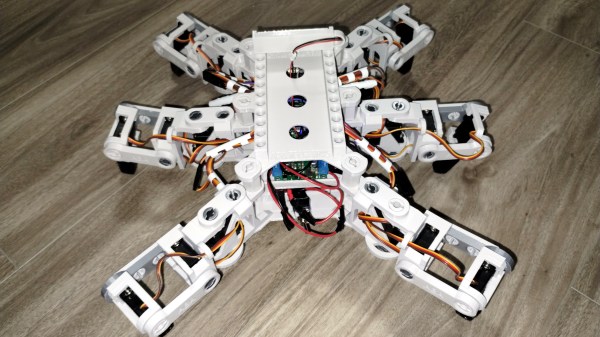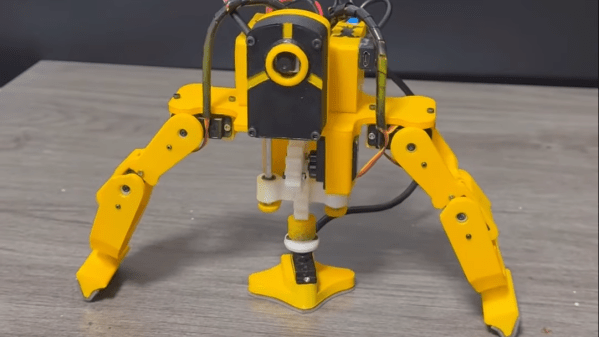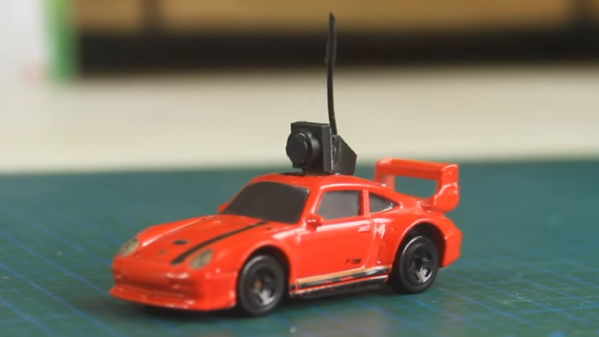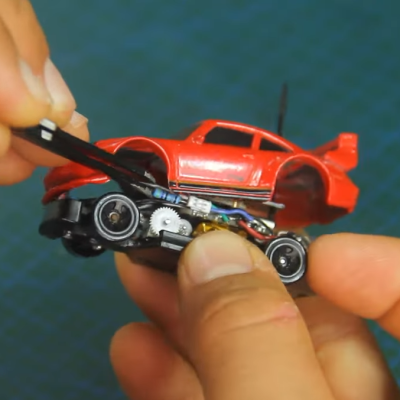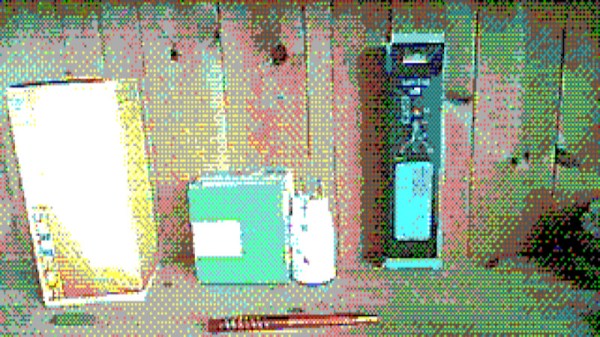There’s just some joy in an instant camera. They were never quality cameras, even in the glory days of Polaroid, but somehow the format has survived while the likes of Kodachrome have faded away. [Mellow_Labs] decided he wanted the instacam experience without the Polaroid pricing, so he made his own in the video embedded after the break.

At its core, it’s a simple project: an ESP32-CAM for the image (these were never great cameras, remember, so ESP32 is fine– and do you really get to call it an instant camera if you have to wait for a Raspberry Pi to boot up?) and a serial thermal printer for the “instant photo”part. This admittedly limits the project to black and white, and pretty low res, but B/W is artistic and Lo-Fi is hip, so this probably gives the [Mellow Labs] camera street cred with the kids, somehow. Honestly, this reminds us more of the old Gameboy Camera and its printer than anything made by Polaroid, and we are here for it.
The build video goes through the challenges [Mellow Labs] found interfacing the serial printer to the ESP32–which went surprisingly well for what looks like mostly vibe coding, though we’re not sure how much time he spent fixing the vibe code off camera–as well as a the adventure of providing a case that includes the most absurdly beefy battery we’ve ever seen on a camera. Check out the full video below.
Instant cameras are no stranger to Hackaday: this one used e-ink; this one uses film, but is made of gingerbread. In 2022 we wondered if we’d ever shake the Polaroid picture, and the answer appears to be “no” so far.
Thanks to [Mellow] for tooting his own horn by submitting this project to the tip line. We love to see what our readers get up to, so please– toot away!
Continue reading “Hack Aims For Polaroid, Hits Game Boy Camera Sweet Spot”



